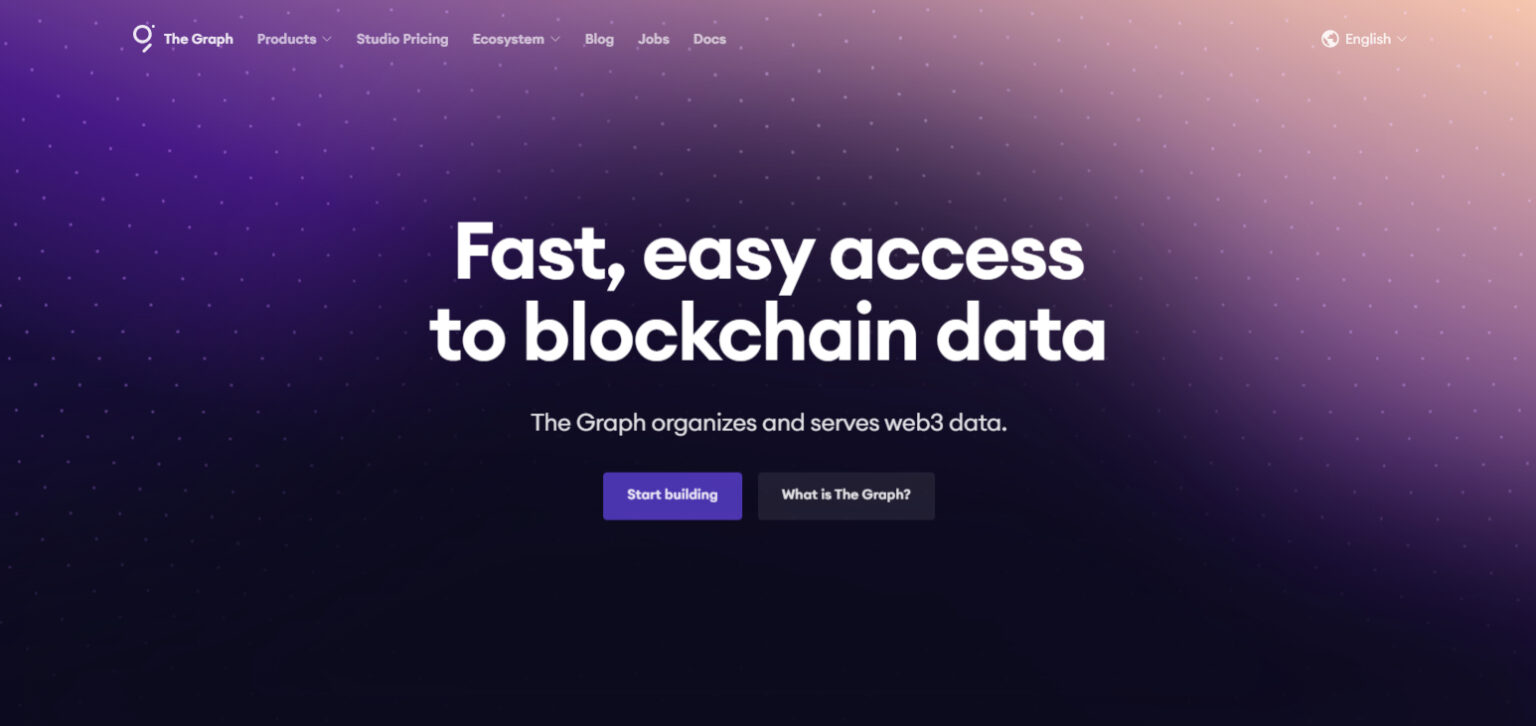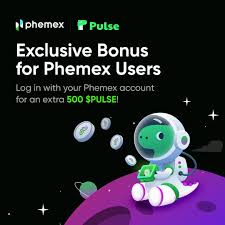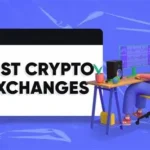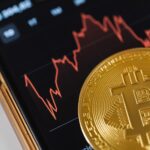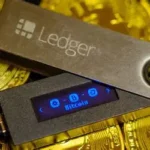Hi everyone! Today, it’s time to discuss The Graph, a revolutionary application that has enhanced the way we query blockchain data.
It is an index tool that’s decentralised and enables smooth querying of blockchain networks such as Ethereum and Solana. dApps can be more easily developed and users can access better quality data in a faster manner.
The Graph is not just a tool, but rather it is a vital component of the development of decentralized technology. Recall how I said it was advanced; let’s focus on the more intricate aspects of the application- how does it stand to alter the crypto space?
What is The Graph?
The Graph is an indexing protocol for querying data for networks like Ethereum and IPFS, powering many applications in both DeFi and the broader Web3 ecosystem.
Anyone can build and publish open APIs, called subgraphs, that applications can query using GraphQL to retrieve blockchain data.

There is a hosted service in production that makes it easy for developers to get started building on The Graph and the decentralized network will be launching later this year.
The Graph currently supports indexing data from Ethereum, IPFS and POA, with more networks coming soon.
The Graph Overview
| Feature | Details |
|---|---|
| Name | The Graph (GRT) |
| Launch Year | 2018 |
| Blockchain | Decentralized protocol for querying blockchain data |
| Token Symbol | GRT (Graph Token) |
| Main Purpose | Data indexing and querying for decentralized applications (dApps) |
| Supported Blockchains | Ethereum, IPFS, Polkadot, Solana, and others |
| Consensus Mechanism | Proof-of-Stake (PoS) |
| Key Features | Data indexing, decentralized queries, open-source, multi-chain support |
| Use Cases | dApp development, data indexing for decentralized protocols |
| Official Website | thegraph.com |
Key Features of The Graph
Build faster 100% less servers
Create groundbreaking applications without needing to run your own data server, build indexing infrastructure, or parse through raw data.
Spend less 60-98% less per month
Cut down on costs and time spent running expensive infrastructure by tapping into The Graph’s competitive data market.
Increase resilience 99.99%+ uptime
Ensure your application’s uptime and keep its data flowing 24/7 with a globally distributed network of contributors.
Globally distributed Decentralized infrastructure
What makes The Graph so resilient? Enter The Graph Network, a decentralized data market powered by distributed participants: Indexers, Curators, Delegators, and Subgraph Developers.
Join the ecosystem Transform the internet
The Graph ecosystem welcomes you — regardless of where you are in the world, what your level of technical expertise is, or your familiarity with blockchains. Learn about all the roles in which you can choose to participate!
The Graph Roadmap

Pros and Cons of The Graph
No review is complete without analyzing the good, the bad, and the in-between. Here’s a quick lowdown:
The Graph Pros (GRT):
- Time Optimization: GRT allows developers to save time through improving exploratory data analysis so they will only need to query the data they require.
- Interoperability: Increases flexibility and facilitates operation across diverse blockchain networks.
- Trustless Infrastructure: It runs on a fully and robust infrastructure that’s transparent and decentralized.
- Ease Of Developing Applications: Again, quite powerful resources for creating and scaling dApps are offered.
The Graph Cons (GRT):
- Somewhat Complex To Understand: It requires prior technical knowledge to be able to take full advantage of the protocol.
- GRT price Barriers: Like most crypto currencies, GRT’s price is prone to fluctuation.
- Compromised Efficiency: With too many concurrent operations the speed of multiple parallel queries will decrease due to network overload.
- Need More Adoption: The revenue share of the system depends on the active implementation of dapps.
Who Are the Founders of The Graph?
The Graph team includes professionals from the Ethereum Foundation, OpenZeppelin, Decentraland, Orchid, MuleSoft leading up to the IPO and acquisition by Salesforce, Puppet, Redhat and Barclays.
The initial co-founding team includes Yaniv Tal (project lead), Brandon Ramirez (research lead) and Jannis Pohlmann (tech lead).
The founders have engineering backgrounds and have worked together for 5-8 years. Tal and Ramirez studied electrical engineering at USC and worked together at MuleSoft, an API developer tools company that underwent an IPO and sold to SalesForce.
They previously co-founded a developer tools startup together and have spent a significant portion of their careers working to optimize the API stack. At their last startup, the founders built a custom framework on an immutable database called Datomic. The Graph was born from this vision to create immutable APIs and data access, using the GraphQL query language.
What Makes The Graph Unique?
The Graph has set its eyed to integrate low-cost reliable; decentralized public infrastructure tools into a fully functioning data marketplace.
Graph token provides security to the integrity of the data being queried as well as the economic security of the application through its participants Graph token participants.
GRT is a work token used by Indexers, Curators, and Delegators because these participants provide a service to the network in the form of indexing and curating.
GRT is going to be a network resource allocation token which is based on the ERC20 standard and placed on the Ethereum network.
Cumulatively, active Indexers, Curators, and Delegators hold partial earnings from the network intimately relatable to their active participation in the index and the total amount of GRT managed by them.
Query fees are earned by Indexers as indexing rewards new issuance and, query fees and by Curators in share query fees for those subgraphs they signal on to. Delegators receive the network revenues of the Indexers to which they delegate.
How Safe is The Graph?
The Graph is deemed secure owing to its distributed structure which improves transparency and limits single point failures. It utilizes blockchain and smart contracts technology, which provides for reliable and permanent data preservation.
Moreover, the protocol utilizes cryptography measures for security of data queries and transactions. Nonetheless, some precautions are necessary with regards to market fluctuations and the possibility of smart contracts attacks that can happen in the crypto realm.
The Graph vs. Competitors
Still not convinced? Here’s a quick comparison between The Graph and its major competitors in the DeFi scene:
| Feature | The Graph ✅ | Ondo Finance ❌ | Yearn Finance ❌ | dYdX ❌ |
|---|---|---|---|---|
| Data Indexing & Querying | ✅ | ❌ | ❌ | ❌ |
| Decentralized Protocol | ✅ | ✅ | ✅ | ✅ |
| Focus on Yield Aggregation | ❌ | ❌ | ✅ | ❌ |
| Decentralized Exchange (DEX) | ❌ | ❌ | ❌ | ✅ |
| Multi-Blockchain Support | ✅ | ❌ | ❌ | ❌ |
Where Graph Available
You can find it on various popular cryptocurrency exchanges like Binance, Coinbase, Kucoin, Kraken, and Gate.io.
| Exchange Name | Trading Pair | Supported Features | Website Link |
|---|---|---|---|
| Binance | GRT/USDT | Spot trading, staking, futures | binance.com |
| Coinbase | GRT/USD | Spot trading, mobile app, staking | coinbase.com |
| KuCoin | GRT/USDT | Spot trading, margin trading, staking | kucoin.com |
| Kraken | GRT/USD | Spot trading, staking, futures | kraken.com |
| Gate.io | GRT/USDT | Spot trading, margin trading | gate.io |
Final Thoughts on Ondo Finance
To sum up, The Graph (GRT) presents a sophisticated solution to the complex problem of querying and indexing on the blockchain within GRT software which makes it a requisite for any developer working on decentralized applications.
Thanks to its decentralized and transparent aspect, it ensures security and efficiency in working with the blockchain data. There are some limitations which include but are not limited to volatility of the market and the scalability of the project.
However, GRT caters for these challenges through multi-chain support and robust developer-focused widgets. The Graph as it is now is positioned to capture a bigger market in the crypto space.
With the rate of adoption we are witnessing it is clear that the GRT The Graph will always remain relevant in ensuring querying is done in an effective manner.


